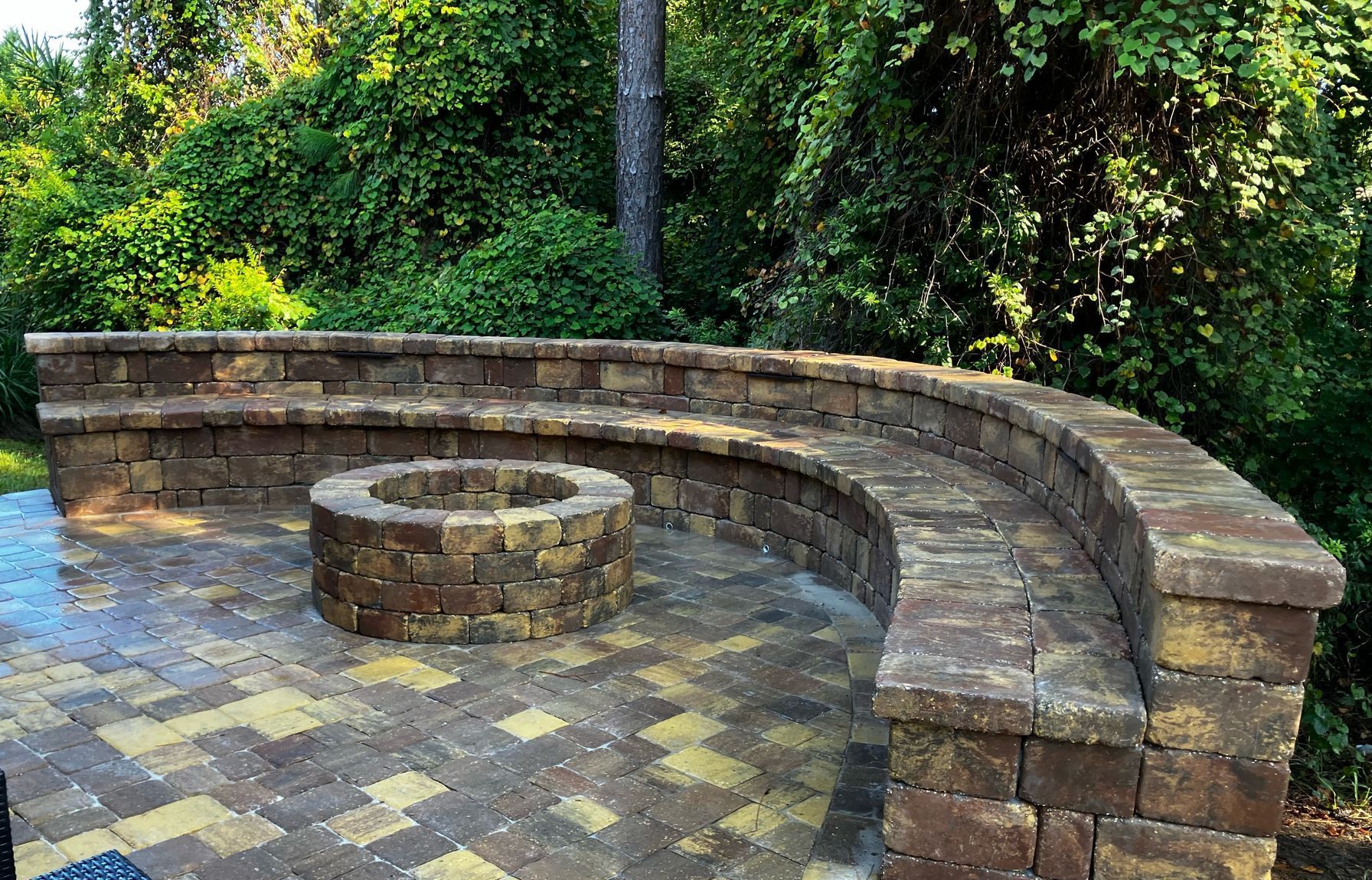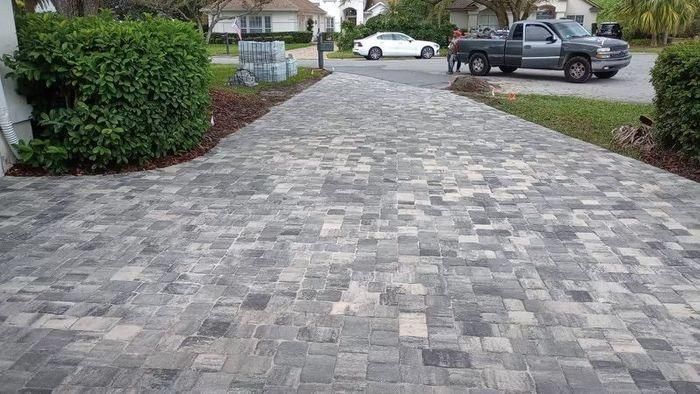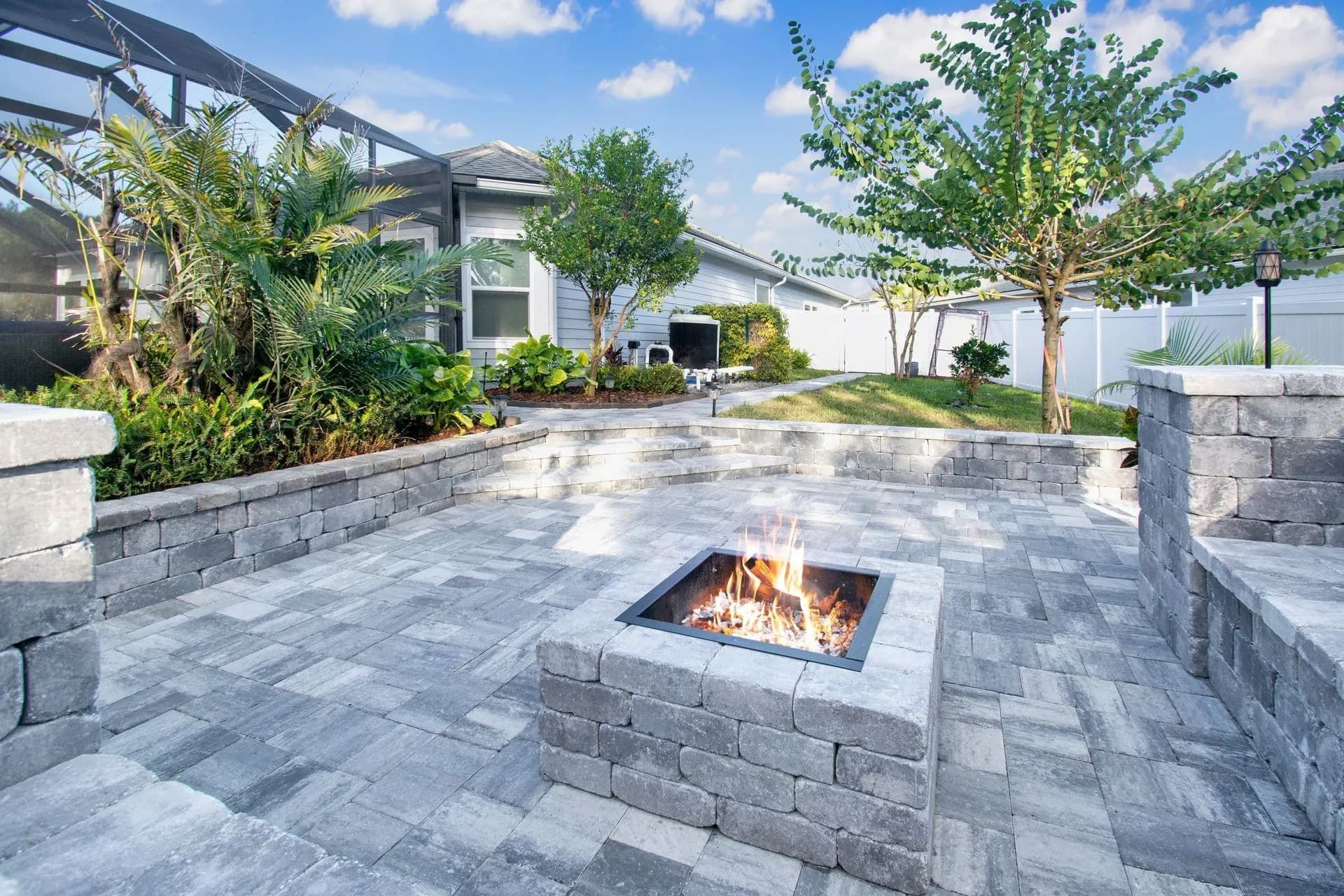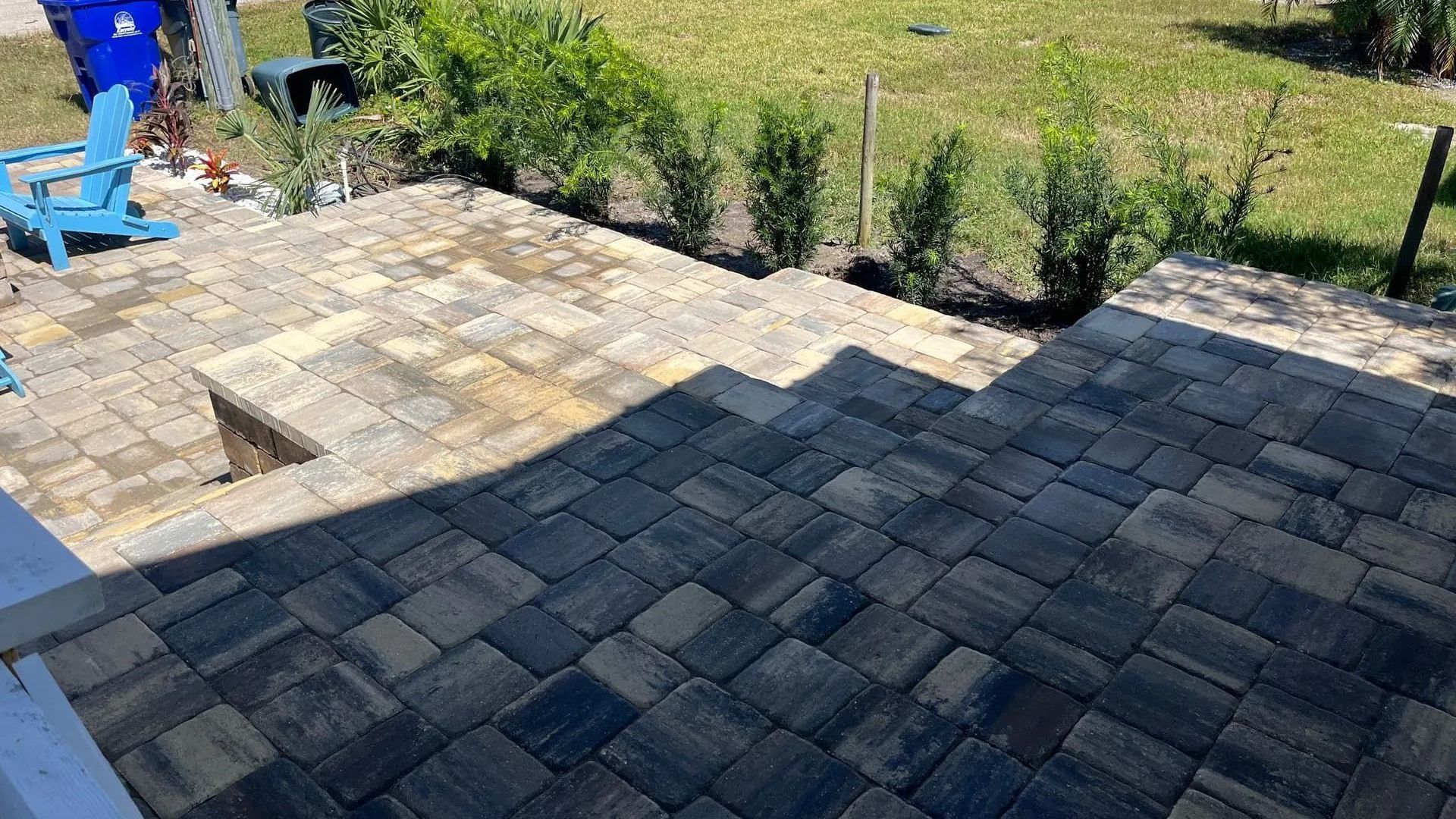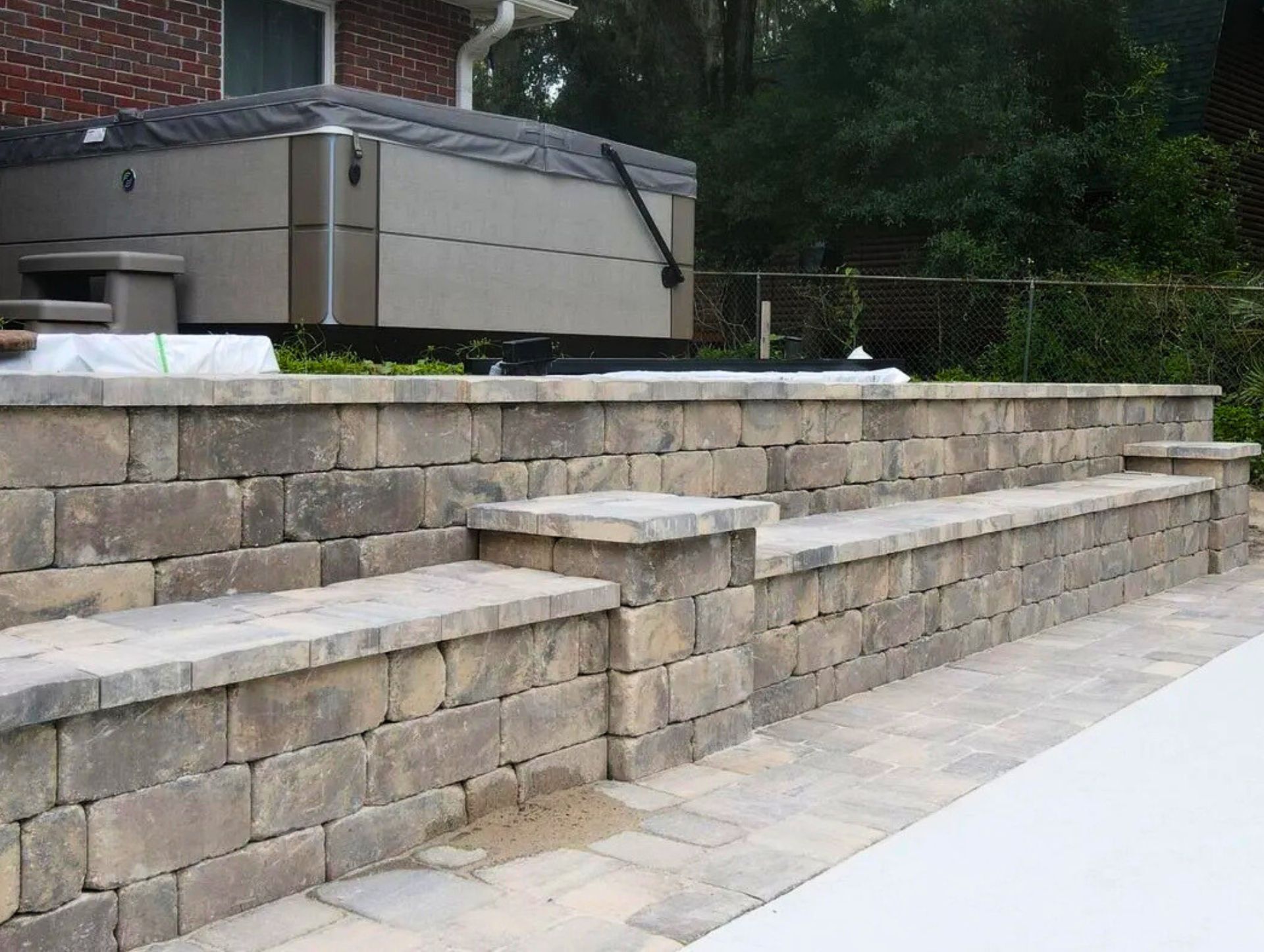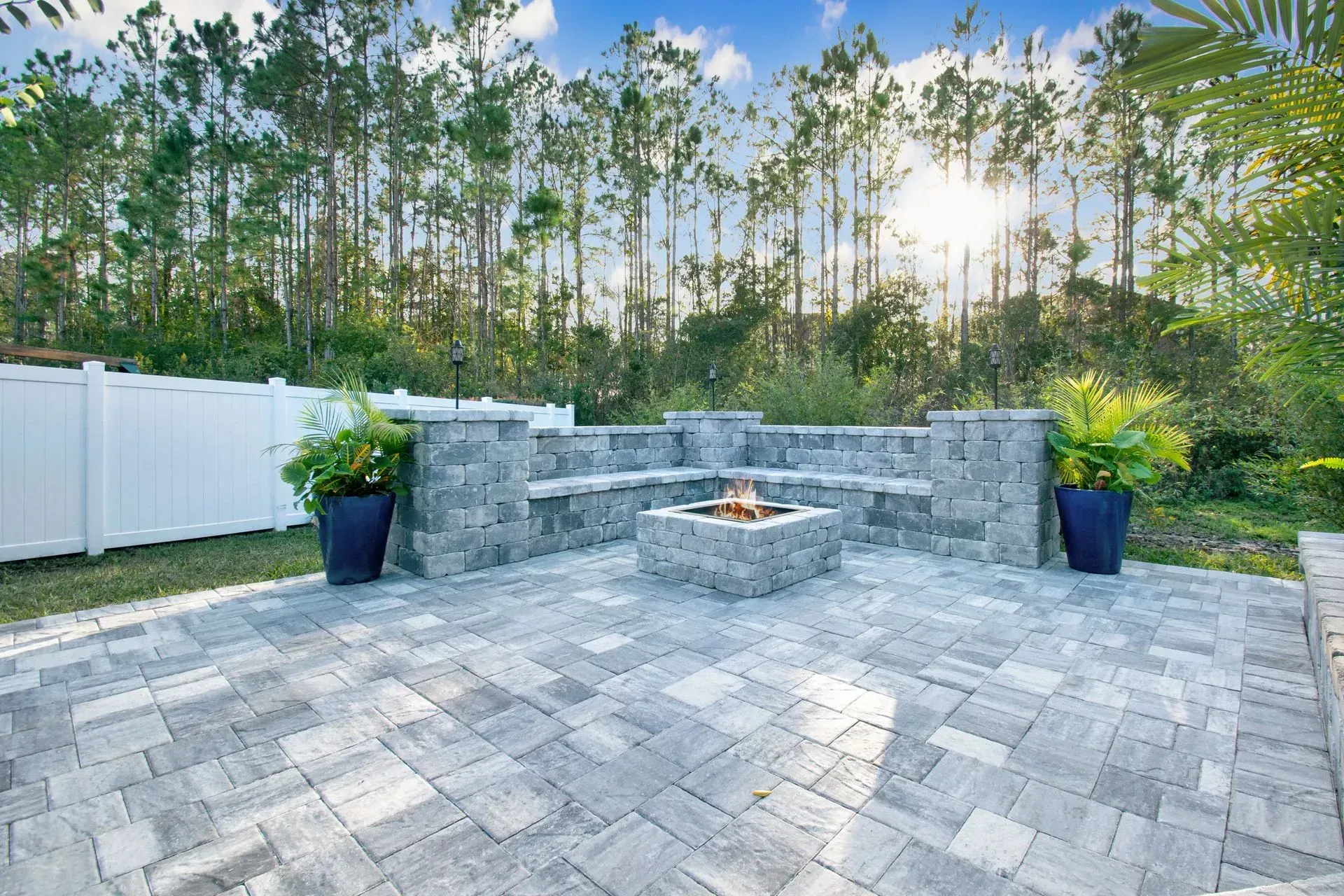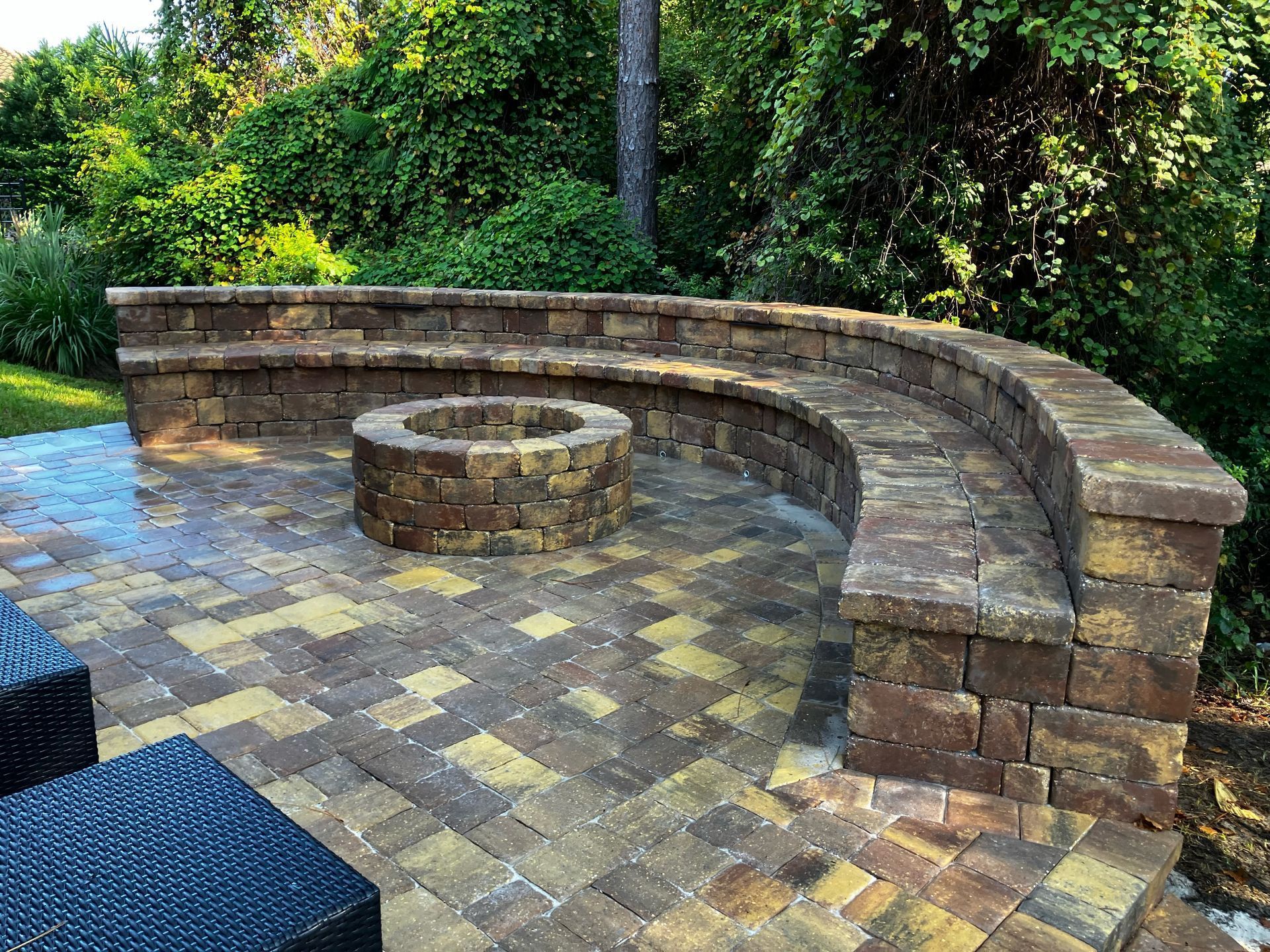Say Goodbye to Uneven Paths with a Paver Walkway
Is your walkway cracked, bumpy, or full of puddles after every rain? Uneven paths can be a pain and even dangerous. If you’re tired of tripping or tracking mud into the house, a paver walkway might be the fix you need. It’s strong, looks great, and can last for years with little upkeep.
Let’s go over why pavers are a smart choice and how they solve common walkway problems.

What Makes a Walkway Uneven?
Walkways become uneven due to a mix of natural and structural causes. Understanding these helps you prevent future damage.
- Poor soil compaction during the original build
- Tree roots lifting slabs or bricks
- Heavy rain or flooding that erodes the base
- Settling of the ground over time
- Temperature changes that cause cracking
Why Paver Walkways Work So Well
Pavers are built for flexibility and strength. They offer long-lasting solutions that outperform poured concrete and gravel paths.
- Built in sections so they won’t crack like concrete
- Allow for drainage through sand-filled joints
- Easy to repair, one piece at a time if damaged
- Available in various shapes and finishes
Easy Design Ideas That Look Great
With pavers, you don’t have to pick between safety and style. A custom paver design can enhance your landscaping.
- Add curves for a natural look
- Use multiple colors to add contrast and personality
- Include edging pavers for a clean, finished border
- Combine textures for better grip and style
How Paver Walkways Are Installed
Proper installation makes sure your walkway lasts. Each step matters to avoid future shifting or cracking.
- Excavate and remove the old surface
- Compact a gravel base for drainage and support
- Lay pavers in your chosen pattern
- Sweep sand into the joints to lock them in place
- Compact the finished surface to ensure strength
How Long Will It Last?
A well-installed paver walkway can last 25 to 30 years or even longer with basic maintenance.
It offers a longer lifespan than poured concrete or wood, and minor repairs and regular cleaning keep it looking its best.
It offers a longer lifespan than poured concrete or wood, and minor repairs and regular cleaning keep it looking its best.
Simple Tips for Keeping It Clean and Safe
Taking care of a paver walkway doesn’t require much time. Regular checks and light cleaning do the job.
- Sweep off leaves and debris weekly
- Hose off dirt or spills as needed
- Refill the joint sand every 2 to 3 years, or after heavy rainy seasons, to keep the walkway strong and stable.
- Use a mild cleaner to remove moss or algae
Compare the Costs
Paver walkways have a higher upfront cost than concrete or gravel, but save more long term.
- Lower repair costs due to easy part replacement
- Increases home value through visual appeal
- Longer lifespan means fewer replacements
- Better durability in wet or hot weather
How Paver Walkways Help with Curb Appeal
Your walkway is one of the first things people notice. Pavers create a clean, elegant entryway.
- Matches the style of your home
- Adds structure to your landscaping
- Gives visitors a safe, welcoming path
Can Paver Walkways Handle Florida Weather?
Yes. Florida’s climate is hard on concrete, but pavers hold up much better.
- Handles high heat without cracking
- Allows water to drain through the joints
- Stands up to tropical rains and humidity
- Doesn’t fade in the sun when sealed properly
Choosing the Right Pavers for Your Walkway
The right pavers can improve safety, comfort, and appearance. Choose based on your yard’s needs.
- Textured pavers reduce slipping when wet
- Neutral tones work well with most homes
- Interlocking pavers stay in place better over time
- High-quality materials resist weather damage
Paver Walkways for Accessibility
Accessible walkways are a must for safe movement around your property. Pavers can be designed to support mobility.
- Smooth surfaces for wheelchairs and walkers
- Level transitions between the house and the yard
- Wide paths for safer walking
- Easy maintenance for long-term reliability
Paver Walkways for Drainage Control
Water damage is a big problem in Florida yards. Paver systems reduce the risk.
- Drainage channels guide water away from buildings
- Gaps between pavers allow natural drainage
- Stops puddles from forming in low areas
- Helps prevent erosion near garden beds
Using Paver Walkways to Connect Outdoor Features
Pavers help guide guests and improve how you use your yard. They also define spaces for better outdoor flow.
- Connect the driveway to the entry, patio, or shed
- Create defined routes through your yard or garden
- Pair with lighting for safe nighttime paths
- Use matching pavers to tie outdoor elements together
Frequently Asked Questions
Can pavers fix an already uneven path?
Yes. Pavers are installed over a new level base, so they correct uneven areas.
Are paver walkways safe for kids and older adults?
Yes. They create a flat, slip-resistant surface that’s easy to walk on.
Do pavers need a lot of care?
No. Just sweep, rinse, and refill sand if needed. They’re very low-maintenance.
Can I pick different colors or shapes?
Can I pick different colors or shapes?
Yes. Pavers come in many colors, sizes, and patterns to match your style
Do pavers help with drainage?
Yes. The small gaps between pavers let water drain naturally.
Can pavers be used for garden paths too?
Absolutely. They work great for side yards, flower beds, and backyard trails.
Get Started with a Safe and Stylish Walkway
If your walkway is cracked or uneven, a paver path is a simple way to make it safer and better-looking. It lasts a long time, needs little care, and works well in all kinds of weather. Paver walkways also help with drainage, boost curb appeal, and make your yard easier to enjoy every day.
St. Johns Pavers builds walkways that last using top-quality materials and expert care. Want to talk about your project?
Contact Us
today to get started!
